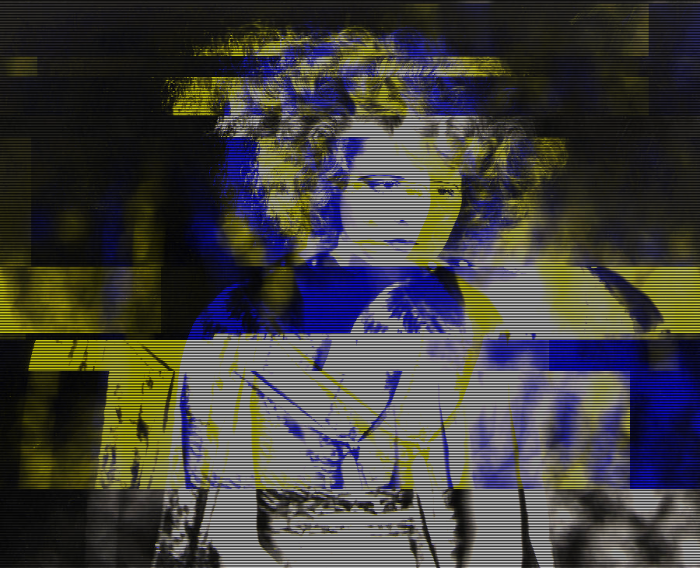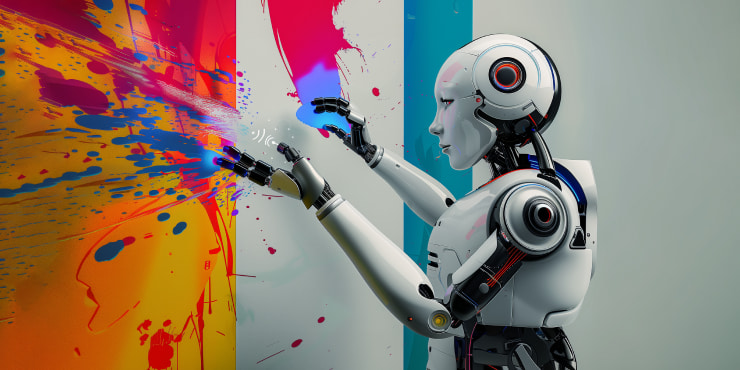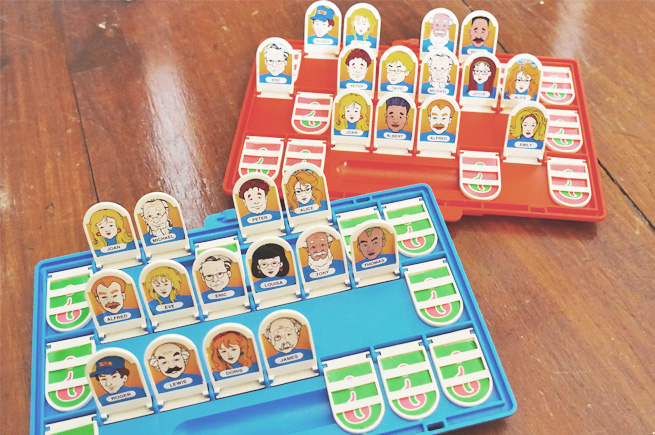The best ads do more than sell.
They shape culture, influence behaviour, and leave lasting impressions. But why do some campaigns become iconic, while others are instantly forgettable?
The secret lies in semiotics, the hidden signs, cultural codes, and emotional triggers that shape how we interpret messages. By analysing three campaigns, we will uncover what makes them work and how you can apply these lessons.
🚗 Case Study #1: Automotive Advertising
Car ads often rely on predictable formulas like power, performance, or prestige. Peugeot flipped the script with a playful, minimalist ad that defied expectations.

Peugeot 205 GTi “The Legend” Advertisement (1987)
Their stripped-back ad featured the headline “The perfect car for anyone between 50 and 70”, before revealing it referred to miles per hour, not age. The unexpected twist made it stand out in an era dominated by speed-focused, hyper-masculine car ads.
🔥 Takeaway: Subverting expectations grabs attention. Peugeot challenged norms, and the ad became memorable.
Copy the campaign image above, paste it into ChatGPT, and try these two prompts out. 👇
💡 Look Closely: “What are the semiotic elements at play in Peugeot’s ‘The Legend’ advertisement? How do the headline, typography, and imagery work together to shape meaning?”
🔄 Now, Take It Further: “How does this ad challenge dominant automotive advertising narratives of the 1980s? What cultural codes does it reinforce or subvert?”
🛒 Case Study #2: Retail Advertising
Brand loyalty is strongest when a company aligns with a deeper value system. Carhartt tapped into the cultural codes of resilience and hard work to create an ad that felt more like a movement than a campaign.

The campaign celebrates the resilience of everyday workers, positioning them as heroes of their own stories. It reinforces the idea that success is earned, not given, aligning perfectly with the brand’s rugged, working-class identity.
🔥 Takeaway: Aligning with deep cultural values (like hard work and perseverance) strengthens brand identity and emotional connection.
Copy the campaign image above, paste it into ChatGPT, and try these two prompts out. 👇
💡 Look Closely: “How does Carhartt’s ‘Make It Happen’ campaign use narrative and visual storytelling to create an emotional connection with its audience?”
🔄 Now, Take It Further: “What cultural codes of labour and perseverance does this campaign reinforce? How does it position Carhartt within wider socio-economic narratives?”
📱 Case Study #3: Technology Advertising
Most technology ads focus on features and innovation, but Wavio shifted the conversation to accessibility and inclusion, making sound visible.

Wavio, an alternative assistive tech company, launched the “See Sound” campaign to promote its device designed for the deaf and hard of hearing. The ad showcased how sound can be translated into visual alerts, making environments safer and more accessible.
🔥 Takeaway: Challenging traditional perceptions (in this case, how we experience sound) can redefine an entire category.
Copy the campaign image above, paste it into ChatGPT, and try these two prompts out. 👇
💡 Look Closely: “How does Wavio’s ‘See Sound’ campaign visually translate sound into meaning? What design choices reinforce this message?”
🔄 Now, Take It Further: “How does Wavio’s campaign challenge auditory-centric perceptions of safety and awareness? What role does the visual representation of sound play in reshaping audience understanding?”
🔎 Bringing It All Together: How Can This Be Used in Market Research?
From Peugeot’s playful subversion to Carhartt’s cultural storytelling and Wavio’s category redefinition, these campaigns prove that semiotics is not just analysis, it is strategy.
🚀 Key takeaways:
✅ Disrupt expectations (Peugeot)
✅ Align with deep cultural values (Carhartt)
✅ Challenge traditional perceptions (Wavio)
📊 Why This Matters for Market Research
Semiotic analysis is not just for breaking down ads. It is a powerful tool for market research.
✔ Desktop Research: Spot cultural trends before they fully emerge.
✔ Client Presentations: Add depth to competitive analyses and brand audits.
✔ Survey and Focus Group Design: Craft better questions by understanding the deeper meaning behind how people communicate.
✔ Creative Testing: Go beyond “what people say” to uncover why certain visuals and messages resonate.
💡 Have a play around and see what you think.










